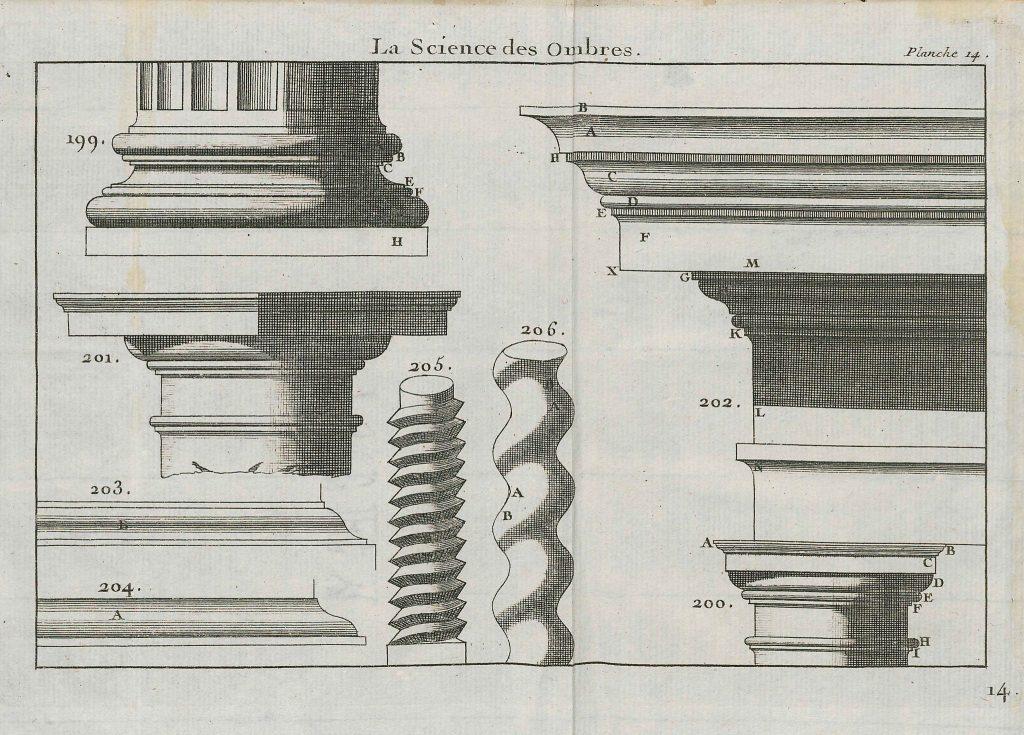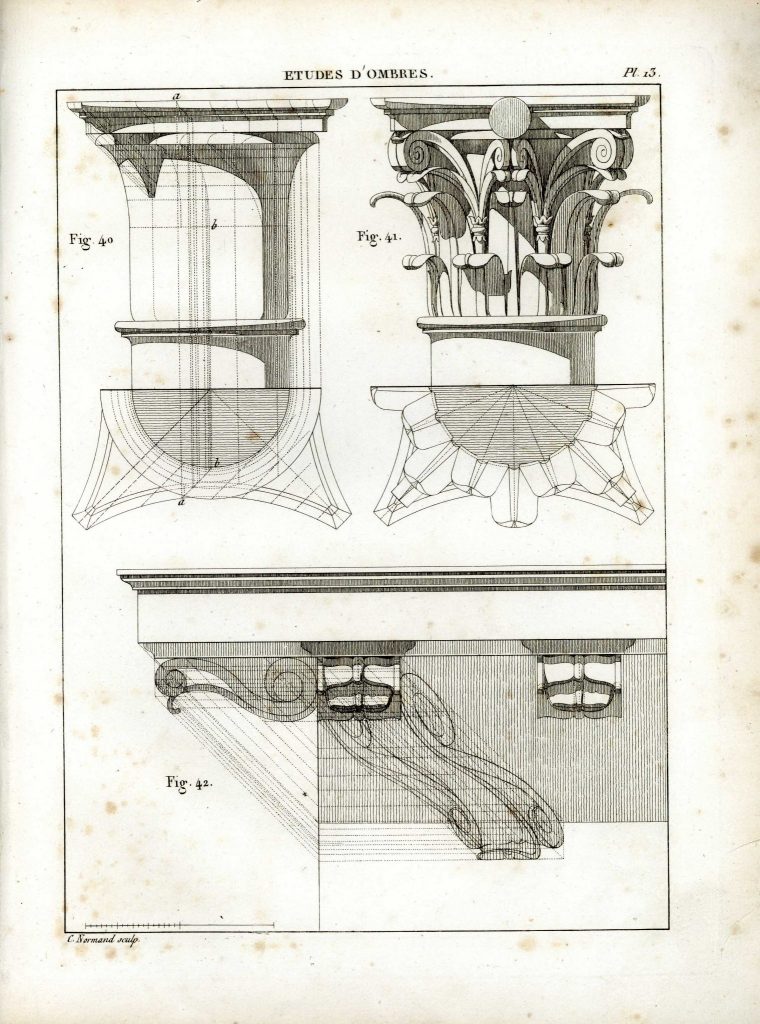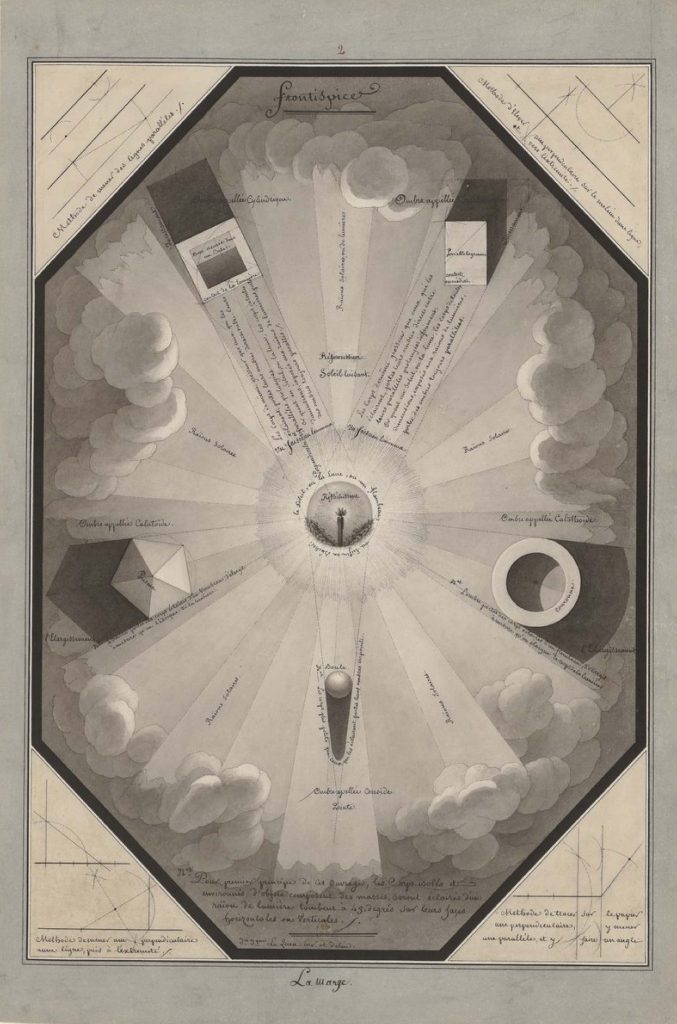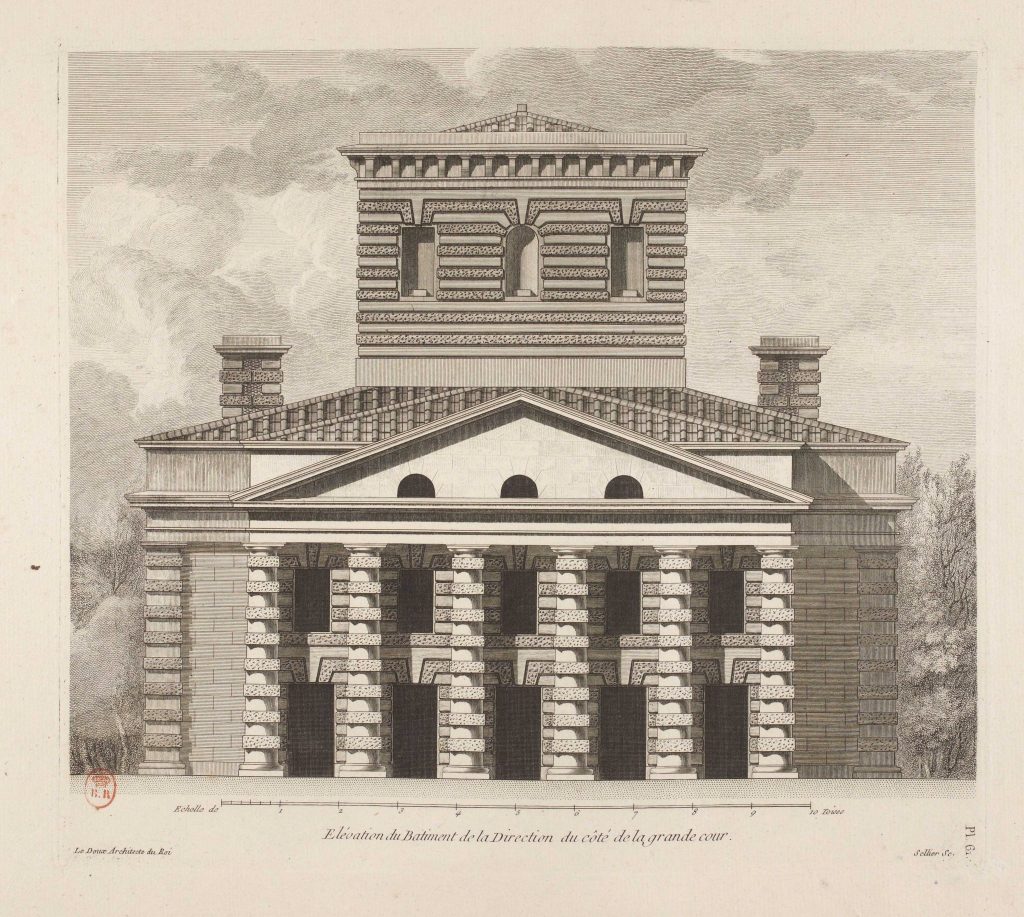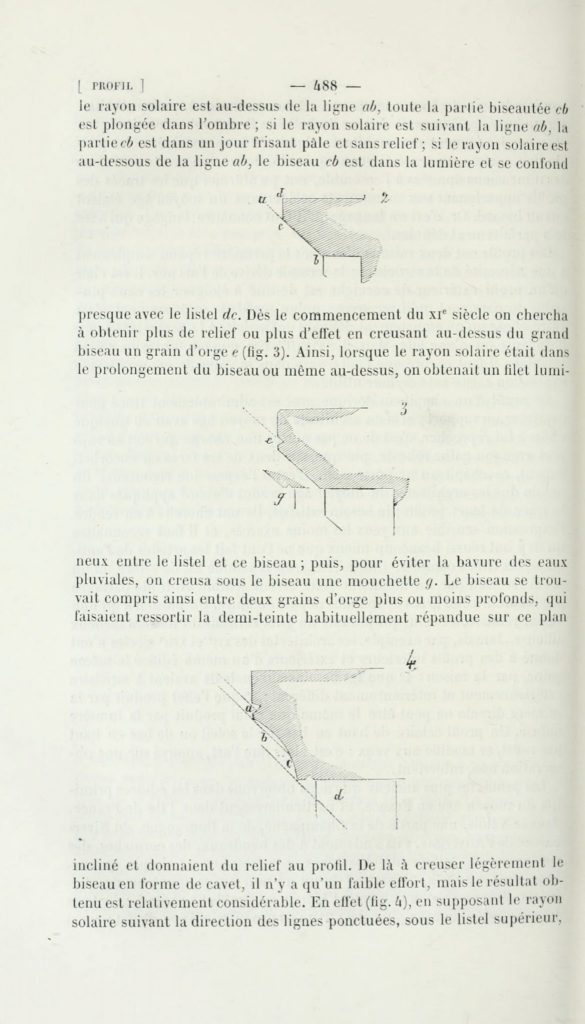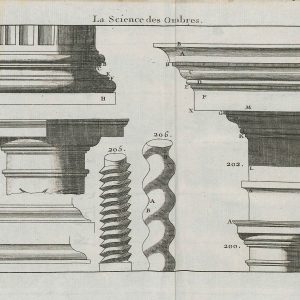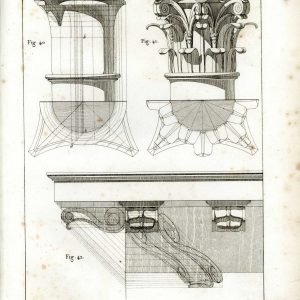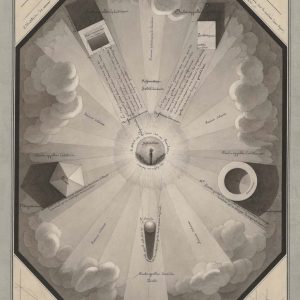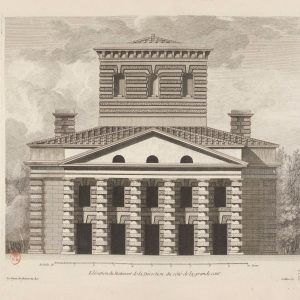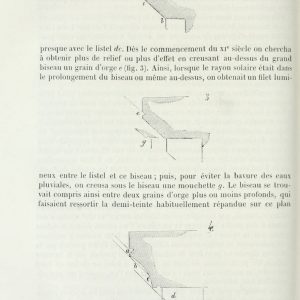Translation of Pictorial Methods by French Architecture in Eighteenth and Nineteenth Centuries.
Laura Trazic, architect Dr. EPFL, defended Ph.D (2021)
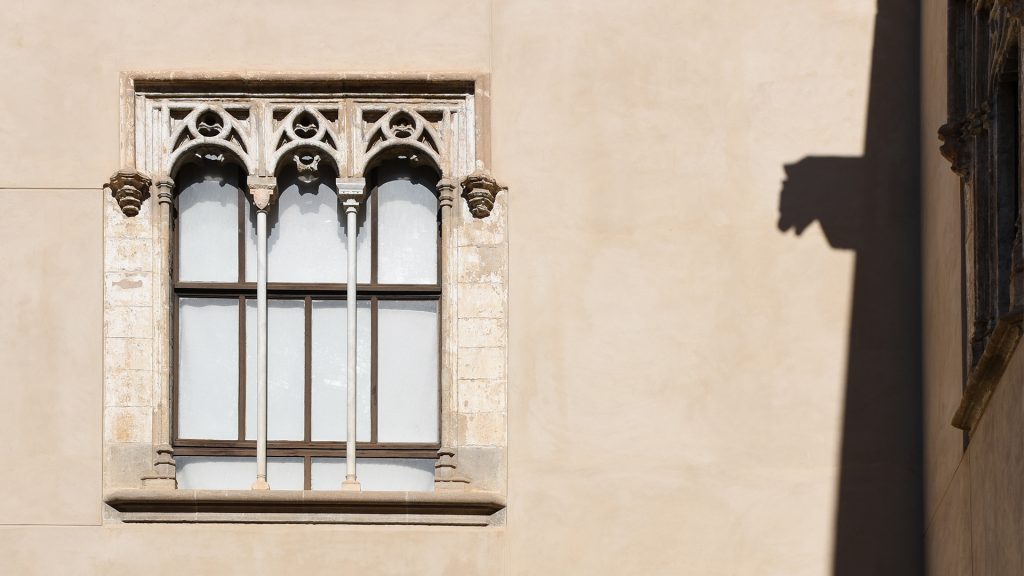
In the Vitruvian tradition, ornaments are classified into two categories: those that belong to the orders, and the others. If the former’s relief is merely indicated by Vitruvio and Alberti, the latter is simply ignored, thus opening the way to licentia. Its positive potential nevertheless comes bound together with a form of danger rooted in mere fancy, if not caprice, that the “bon goût” of the eighteenth French century failed to fully control.
The thesis considers how, in order to justify the ornaments’ relief, architecture has shown interest in its shadow on the façade. This integration of the shadow does not occur spontaneously, but rather arises at a time when painting is a great resource for all arts. The picturesque appears as an aesthetical objective allowing architects to establish restrictive actions before ornamental excess. The natural phenomenon of shadow is then raised to the level of an architectural feature under pictorial methods and rules belonging to the theory of chiaroscuro, and their transfer becomes possible through graphic representation and semantics.
The emerging analogy in theory of architecture between the composition of a painting by shadows and that of the facades should not be read as a dead metaphor. In truth, it aims at a very specific implementation, with all the challenges it comprises, and the unique difficulties of a discipline that deploys its works into time and space.
